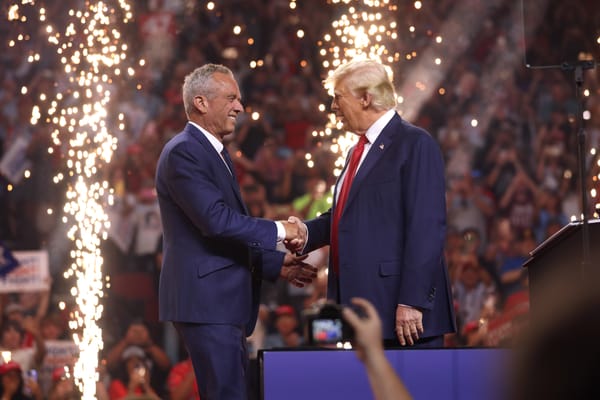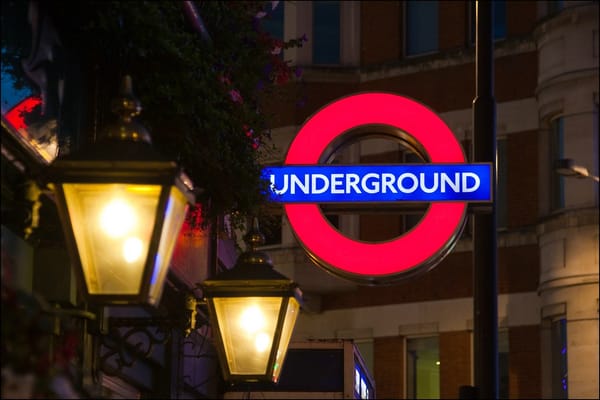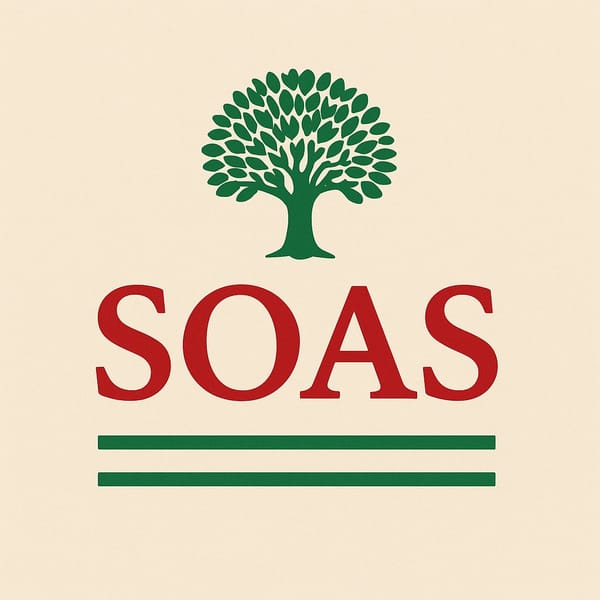South Africa: The Rainbow Nation Divided
By Joel Bennett – BSc Politics, Philosophy and Economics
“The path to national liberation was a long and hard-fought struggle for the politically disenfranchised Black, Indian, and mixed-race populations.”
The 27th of April 1994 remains a momentous date in the modern history of South Africa. Referred to as ‘Freedom Day’, it marked the advent of the first multi-racial and universal election in the nation, simultaneously signifying the end of the apartheid regime, one of hate and intolerance. So began a period of reconciliation. Attempts were made to come to terms with the nation’s colonial past and the starkest economic inequality, which kept much of the black majority in invisible bondage, even despite overtures to social change. Almost 20 years later, the dream of an equitable society is far from realised; social unrest and economic collapse challenge the nation, political outsiders seek to disrupt the establishment, wildfires rage and blackouts are common — two in three young people are out of the job market and one in three for the general population. Many have nothing to do but articulate their discontent with a system that promised so much but has given so little.
The path to national liberation was a long and hard-fought struggle for the politically disenfranchised Black, Indian, and mixed-race populations. They possessed no legal means of engaging in political discourse following the formal codification of the apartheid state by the National Party in 1948, whereby the sphere of officialdom and politics became a white-only affair. Thus, political power had to be asserted through industrial action, militant agitation, and grassroots organisation. Naturally, the response of the state was violent and heavy-handed. The massacring of 69 unarmed protesters at Sharpeville in 1960, the murder of AZAPO founder Steve Biko in 1977, and countless other illegal raids on anti-apartheid groups marked an era of injustice and violence. As a result of sustained pressure on the state apparatus from such groups, the situation would begin to look untenable for the national government as the 80s drew to a close. Nelson Mandela’s African National Congress (ANC) party would be elected in coalition with South African Trade Unions and the Communist Party in ’94. His presidency would bring about a new permanent 1996 constitution, setting into law freedom from discrimination, racism, and the guarantee of further democratic freedoms. The constitution was a major step forward and defines the identity of the Rainbow Nation to this day.
Despite the significant progress made in the social sphere, the economic situation was and has been dire. Before 1994, the working-class population faced economic exploitation from domestic landowners and industrialists, due to the scepticism of foreign capital towards the apartheid system. The South African people undoubtedly face a raw deal as an ever-growing comprador-kleptocrat class envelops the government, Eskom and other key economic institutions. Polling for the upcoming 2024 election has caused major losses for the ANC and major gains for the opposition group, the Democratic All (DA). Within this general dichotomy lies the socioeconomic divisions characterising the electorate: the support base of the DA is primarily Afrikaans-speaking white, and elderly, whereas the ANC has traditionally drawn on the predominantly Black majority. Polling so far has shown as much, many voters feel unable to vote for any alternative to the ANC.
Despite a bleak outlook, there are certainly causes for optimism. A nation often compared to South Africa in economic terms is Brazil. In the early 2000s, when many of the comparisons were made, the two countries shared many of the same issues: high levels of racial and economic inequality, state-led corruption and public service inequalities across the board. Despite this, the two countries have taken very different paths: the Presidency led by Lula da Silva (2003–2011) and his Workers Party administration implemented radical anti-hunger programs, favela development initiatives, redistributive economic policy and public sector investment through the hand of the state. Results demonstrate how much of an unparalleled success these policies were; child malnutrition went down by 46 per cent in his first term alone. Progress akin to that seen in Brazil is more than possible in South Africa – the country possesses huge economic potential in the form of a burgeoning, youthful population, vast reserves of raw materials and a base of over 1 million educated and politically active students desiring social and economic change. To compound hope, the country is a key player in the BRICS group (Brazil, Russia, India, China and South Africa), a melange of the world’s foremost emerging economies that collectively offer an alternative to global US hegemony by facilitating economic development independent from the imperial core. Such strategic partnerships will play a key role in the future development and the nation.



